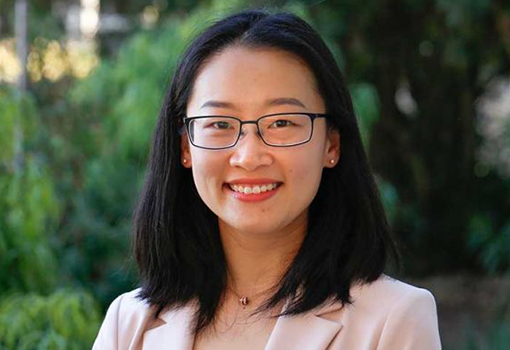
Celebrating Asian Pacific American Heritage Month
May is Asian Pacific American Heritage Month — a celebration of Asian Americans, Native Hawaiian, and Pacific Islanders in the United States. The recognition started in 1979 with a seven-day observance approved by Congress and was permanently expanded to the entire month of May in 1992. May was chosen to commemorate the immigration of the first Japanese to the United States on May 7, 1843, and to mark the anniversary of the completion of the transcontinental railroad on May 10, 1869. The majority of the workers, who laid the tracks, were Chinese immigrants.
The College of Engineering (COE) recognizes the innumerable contributions, vibrant cultures, and rich heritage of Asian Americans, Native Hawaiians, and Pacific Islanders (AA and NHPIs). These communities represent a multitude of ethnicities, languages, cultures, and experiences that enrich our quest for knowledge and for solutions to society’s greatest challenges. As we celebrate the many contributions of these communities, we are also reaffirming our commitments to fostering an inclusive environment and combating any forms of discrimination.
To commemorate the month, accordingly, the COE is highlighting a handful of engineers and scientists with heritage from Asia, Hawaii, and the Pacific Islands who have made or are currently making remarkable contributions to engineering and related STEM disciplines and inspiring others in the process. We believe that diversity is truly indispensable in COE and that richly varied perspectives, cultures, and lived experiences enhance creativity and innovation.

Ethnobotanist
Marine algae expert Isabella Aiona Abbott broke barriers during her long career as a scientist, author, and professor. She was the first Native Hawaiian person to earn a PhD in a STEM field, and became the first female full professor of biological sciences at Stanford University. After teaching at the university from 1960 to 1982, she retired and pursued a second career as a professor of botany at the University of Hawai’i at Manoa, where she established the university’s undergraduate major of ethnobotany. Abbott is especially known for her research on edible seaweed, known as limu, of which there are more than seventy types. She has been called the “First Lady of Limu.” She wrote more than 200 scholarly articles and books and was considered the foremost authority on the algae of the Pacific Ocean basin. In 2008, she received a lifetime achievement award from the Hawaii Department of Land and Natural Resources for her studies of coral reefs.
Computer Architect
Born in India, computer architect Ajay Bhatt developed several widely used technologies, including Universal Serial Bus (USB) and various chipset improvements. He came up with the idea for USB after finding himself frustrated by his school-age daughter’s difficulty in connecting a printer to the family computer, thinking it should be as easy as plugging an electrical cord into an outlet. At the time, connecting a device like a keyboard or printer to a computer required a laborious, time-consuming installation process. Bhatt pitched his idea of USB technology to his colleagues at Intel, and the rest is history. The USB ports and cables first started appearing back in the late 1990s, providing users with a discreet and straightforward way of allowing a computer to communicate with other devices.
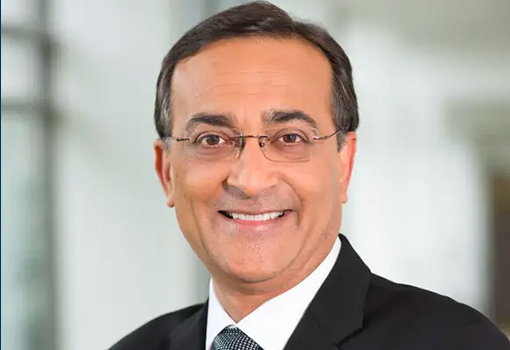
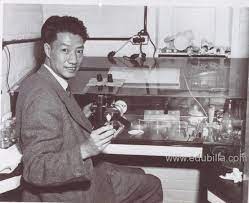
Biologist
A Chinese American reproductive biologist, Min Chueh Chang co-developed the first birth control pill, and his pioneering research made in-vitro fertilization possible. He began studying how the hormone progesterone could become a birth-control agent in 1951. That collaborative research led to the development of the oral contraceptive pill, one of the most widely used birth control methods today. Chang is also credited with carrying out basic research in the 1950s into techniques that made it possible to fertilize a human egg with sperm outside the body, contributing to the development of human in vitro fertilization technology, which has since made parenthood possible for people around the world. Chang, who conducted much of his work at the Worcester Foundation for Experimental Biology, in Massachusetts, was elected to the NAtional Academy of Sciences in 1990.
Chemist and Chemical Engineer
A chemist, Songi Han is a professor in UCSB’s Department of Chemistry and Biochemistry and the Chemical Engineering Department. Her research group seeks to develop novel techniques and approaches, relying on electron and nuclear-spin magnetic resonance to study biomolecular structure, dynamics, and interaction with unprecedented sensitivity, resolution, and information content. She has pioneered the use of spin-based approaches, such as dynamic nuclear polarization (DNP)–enhanced nuclear magnetic resonance (NMR) spectroscopy and electron paramagnetic resonance (EPR), to understand the structure-property relationships of biomolecules. Her work on dynamic nuclear polarization has enabled the development of new probes for monitoring biological processes. An elected fellow of the International Society of Magnetic Resonance, Han has also received a Packard Fellowship for Science and Engineering, the National Institutes of Health’s Innovator Award, and the Biophysical Society’s Innovator Award. She received her PhD from Aachen University of Technology (RWTH), in Germany.
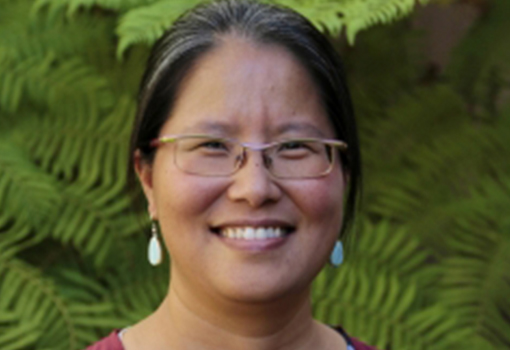
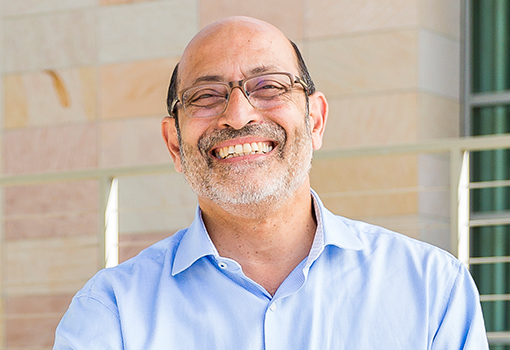
Electrical Engineer
Umesh Mishra, a distinguished professor of electrical and computer engineering at UCSB, was named dean of the university’s College of Engineering in March, an appointment that comes with the Richard A. Auhll Professorship and Dean’s Chair of Engineering. He assumes his new role on July 1, 2023. Mishra joined the UCSB faculty in 1990, and his research specializes in gallium nitride (GaN), a high-performance wide-bandgap semiconductor material that has been indispensable in developing an array of energy-efficient devices, such as LED, highly efficiency microwave power amplifiers for 5G connectivity and Department of Defense applications, and advanced power electronics that convert power with minimal energy waste. A co-founder of the university’s Solid State Lighting and Energy Electronics Center (SSLEEC), he co-founded Nitres in 1996, the first start-up to commercialize RF GaN transistors and GaN LEDs. In 2007 he co-founded Transphorm to commercialize GaN transistors for power conversion. A member of the National Academy of Engineering (NAE), Mishra is a fellow of the Institute of Electrical and Electronics Engineers (IEEE), and the National Academy of Inventors and has received the IEEE’s David Sarnoff Award and Jun-ichi Nishizawa Medal, as well as the Distinguished Education Award from IEEE Microwave Theory and Technology Society. Mishra completed his bachelor’s degree in electrical engineering from the Indian Institutes of Technology Kanpur, before earning his master’s degree in electrical engineering from Lehigh University and his PhD in electrical engineering from Cornell University.
Nobel Laureate and Inventor
Shuji Nakamura received the 2014 Nobel Prize in Physics for “the invention of efficient blue light-emitting diodes (LEDs) which have enabled bright and energy-saving white light sources.” Nakamura developed a thermal annealing technique that led to the first high-efficiency blue LED in 1994, which sparked a technical revolution after the blue LEDs were combined with fluorescent materials to realize white lights. Nakamura joined UCSB’s Materials and Electrical and Computer Engineering Departments in 2000, and he serves as research director of UCSB’s Solid State Lighting and Energy Electronics Center (SSLEEC) and is the Cree Chair in Solid State Lighting and Displays. An elected member of the National Academy of Engineering (NAE), Nakamura is also a fellow of the National Academy of Inventors and the recipient of the National Academy of Sciences’s Industrial Application of Science Award, and the 2021 Queen Elizabeth Prize of Engineering. He holds more than 200 U.S. patents and nearly 175 Japanese patents. Nakamura earned his bachelor’s degree, master’s degrees, and his PhD in electrical engineering from the University of Tokushima in Japan.

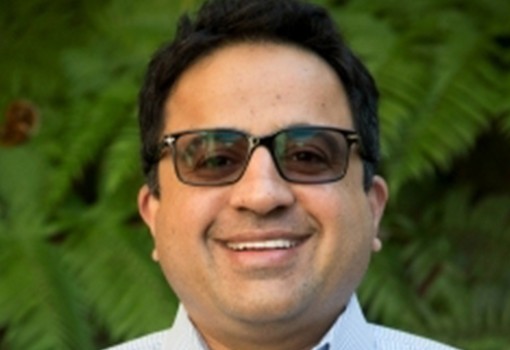
Materials Scientist
The director of UCSB’s Materials Research Laboratory (MRL), Ram Seshadri is a distinguished professor in the Materials Department and the Department of Chemistry and Biochemistry, as well as the Fred and Linda R. Wudl Professor of Materials Science. Seshadri’s work broadly addresses the topic of structure-composition-property relations in crystalline inorganic and hybrid materials, with a focus on magnetic materials and materials for energy conversion and storage. He is a fellow of the Royal Society of Chemistry, the American Physical Society, and the American Association for the Advancement of Science. He received his PhD in solid state chemistry from the Indian Institute of Science (IISc). After spending three years as an assistant professor at IISc, he joined the Materials Department at UCSB in 2006.
Materials Scientist
When materials scientist Peter Tsai invented the N95 respirator in the 1990s, it was originally intended for industrial use for people who experienced high exposure to nanoparticles or coal dust while working in the construction, mining, and automotive-maintenance industries. . Tsai and his research team at the University of Tennessee developed a material that incorporated electrostatically charged fibers that pulled particles to it. Patented in 1995, the N95 proved to be ten times more efficient than other masks, allowing it to filter out 95 percent of contaminants without inhibiting breathing. A year after the mask was introduced, the Centers for Disease Control and Prevention (CDC) discovered that it could also block viruses and bacteria. That revelation led to its use in healthcare settings, most notably during the COVID-19 pandemic. In 2020, Tsai came out of retirement to study the best way to sanitize and re-use N95 respirators, which were then in short supply.
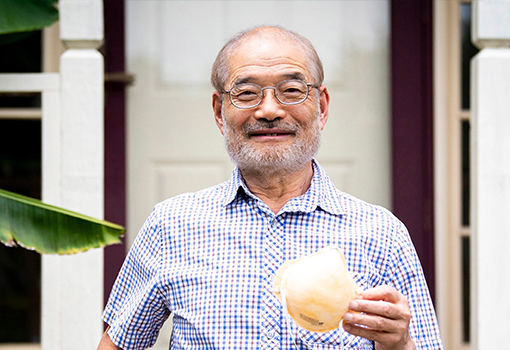
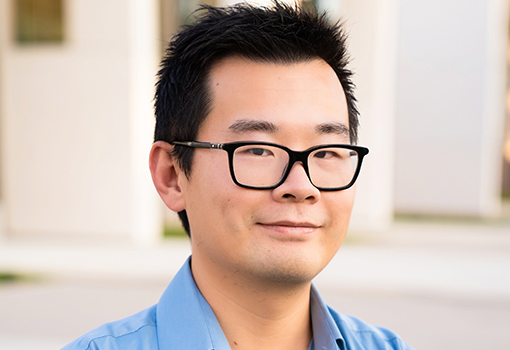
Computer Scientist
An associate professor in UCSB’s Computer Science Department, William Wang is co-director of the university’s Center for Responsible Machine Learning and the Duncan and Suzanne Mellichamp Chair in Artificial Intelligence and Designs. He has a broad interest in artificial intelligence (AI), including statistical relational learning, responsible natural language processing (NLP), information extraction, computational social science, dialogue and language generation, and vision. He has published more than 100 papers at the top NLP/AI/ML conferences and journals, and received numerous best paper awards. Wang has received several prestigious awards, including the National Science Foundation’s Early CAREER Award, a U.S. Defense Advanced Research Projects Agency (DARPA) Young Faculty Award, the Karen Sparck Jones Award from the British Computing Society, and the Undergraduate Research Faculty Mentoring Award from the Computing Research Association. Wang received his bachelor’s degree in computer science from Shenzhen University, his master’s degree in computer science from Columbia University, and his PhD from Carnegie Mellon University.
Molecular Virologist
When acquired immunodeficiency syndrome (AIDS) became a global epidemic in the early 1980s, scientists did not know how the virus that caused the disease was transmitted. It wasn’t until Flossie Wong-Staal first cloned the human immunodeficiency virus (HIV) in 1985 that researchers were able to identify HIV as the cause of AIDS. Her work allowed others to determine the function of HIV’s genes and understand how it evaded the immune system’s natural defensive response. She had been studying retroviruses as part of her work at the National Institutes of Health, and her discovery led the organization to later develop antibody tests. Her contributions in the field of HIV/AIDS also helped to determine that using a “drug cocktail,” or several drugs at the same time, is a key to managing HIV. Her work helped lay the groundwork for understanding infectious diseases today, such as COVID-19. She completed both her bachelor’s degree in bacteriology and her PhD in molecular biology from UC San Diego. She has accumulated numerous accolades, including election into the National Academy of Medicine and induction into the National Women’s Hall of Fame.
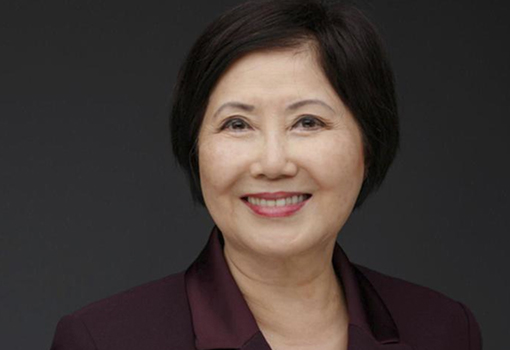

UCSB Chancellor
Henry T. Yang was named UCSB’s fifth chancellor in 1994, making him the longest-serving chancellor in this university’s history and in the entire UC system. He was formerly the Neil A. Armstrong Distinguished Professor of Aeronautics and Astronautics and Purdue University, where he also served as dean of engineering for ten years. Yang is a member of the National Academy of Engineering (NAE) and a fellow of the American Institute of Aeronautics and Astronautics (AIAA), the American Society for Engineering Education, and the American Society of Mechanical Engineers (ASME). He specializes in aerospace structures, structural dynamics, composite materials, finite elements, transonic aeroelasticity, wind and earthquake structure engineering, and intelligent manufacturing systems. He continues to teach an undergraduate course, advise graduate students, and publish papers in academic journals. Yang currently chairs the international Thirty Meter Telescope project, and serves on the Kavli Foundation Board. He received his bachelor’s degree in civil engineering from National Taiwan University, hismaster’s degree in structural engineering from West Virginia University, and his PhD in civil engineering from Cornell University.
Mechanical Engineer
Yangying Zhu joined UCSB’s Mechanical Engineering Department as an assistant professor in July 2019. Her research group investigates how thermo-fluid engineering approaches can be used for future electronics and sustainable energy applications. Her research combines fundamental understanding in heat and mass transfer with novel materials fabrication and characterization capabilities to address thermal management challenges of electronic devices, batteries, and electrocatalytic systems. Zhu received her bachelor’s degree in building technology from Tsinghau University, and earned her PhD in mechanical engineering from the Massachusetts Institute of Technology. Among the numerous accolades that she has received are an Early CAREER Award from the National Science Foundation, the Pi Tau Sigma Gold Medal from the American Society of Mechanical Engineers, and an Early Career Faculty Award from NASA.
